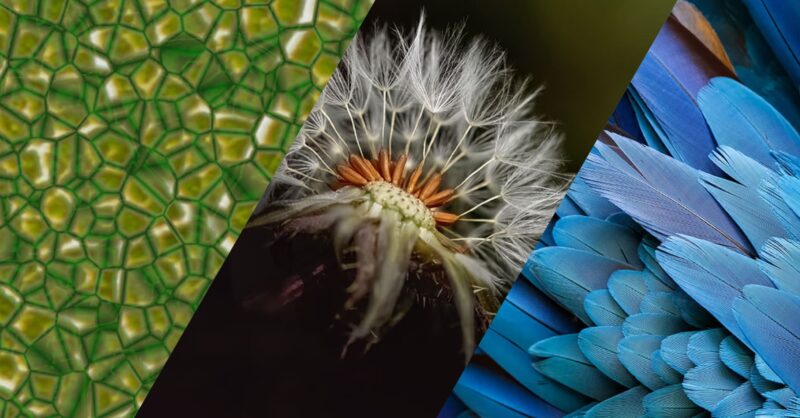Biomimicry is the art and science of emulating nature’s designs, processes, and systems to solve complex human problems. It is an interdisciplinary field that draws from biology, chemistry, physics, and engineering to create innovative solutions inspired by nature. In this article, we explore the principles of biomimicry, examine notable examples, and discuss its potential for revolutionizing various industries.
Principles of Biomimicry
Biomimicry operates on three core principles:
- Emulate Nature’s Designs: By closely studying the forms and structures found in nature. We can mimic these designs to create more efficient and sustainable products.
- Mimic Natural Processes: Nature’s processes are often more energy-efficient and less wasteful than man-made ones. By replicating these processes, we can achieve better results with fewer resources.
- Adapt to Nature’s Ecosystems: Understanding and respecting the interconnectedness of nature’s ecosystems is crucial for creating solutions that are harmonious with the environment.
Notable Examples of Biomimicry
Velcro: Inspired by Burdock Seeds
One of the most famous examples of biomimicry is Velcro, a fastening system that was inspired by the burdock plant. The inventor, George de Mestral, observed how the plant’s seed burrs attached to his dog’s fur. Upon closer inspection, he discovered that the burrs had tiny hooks that caught onto fabric fibers. This observation led to the development of Velcro, which mimics the burdock’s hook-and-loop mechanism.
Sharklet: Mimicking Shark Skin
Sharklet is an antimicrobial surface pattern that mimics the microscopic patterns found on shark skin. Sharks are known for their ability to resist algae and barnacle growth, thanks to the unique diamond-shaped scales on their skin. By replicating this pattern, Sharklet creates surfaces that inhibit the growth of bacteria and other microorganisms, making it a valuable tool in healthcare and other industries.
Lotus Effect: Self-Cleaning Surfaces
The lotus plant is renowned for its ability to repel water and dirt, a phenomenon known as the “Lotus Effect.” This self-cleaning property is attributed to the plant’s surface, which is covered in microscopic bumps and coated with a hydrophobic wax. By mimicking the lotus plant’s surface, we can create self-cleaning materials for various applications, such as paint, textiles, and glass.
The Future of Biomimicry: Transforming Industries
Biomimicry has the potential to revolutionize multiple industries by providing sustainable and efficient solutions. Here are some areas where biomimicry can make a significant impact:
Sustainable Architecture
Biomimicry can inspire the design of buildings that are energy-efficient, climate-responsive, and environmentally friendly. For example, the Eastgate Centre in Zimbabwe, which is modeled after termite mounds, uses natural ventilation and thermal mass to regulate temperature without the need for air conditioning.
Renewable Energy
By studying the mechanisms of photosynthesis and the motion of bird wings, we can develop innovative renewable energy technologies. These technologies can harness solar energy more effectively and improve the efficiency of wind turbines.
Medicine and Healthcare
Biomimicry can lead to the development of medical devices and treatments that are more biocompatible and effective. For instance, the design of prosthetic limbs can be inspired by the anatomy of animals, and anticoagulant drugs can be derived from leech saliva.
Similar Articles
- Biology Niche: Exploring the Fascinating World
- Biofuels: The Future of Sustainable Energy
- Biodiversity: Exploring Nature’s Tapestry
Conclusion: Embracing Nature’s Genius
In conclusion, biomimicry offers a wealth of opportunities for creating sustainable and innovative solutions that address some of the most pressing challenges faced by humanity. By learning from and emulating nature’s wisdom, we can develop technologies and products that are not only efficient but also harmonious with the environment. As we continue to explore the potential of biomimicry, we can look forward to a future where human ingenuity and nature’s genius work hand in hand to create a better world.










